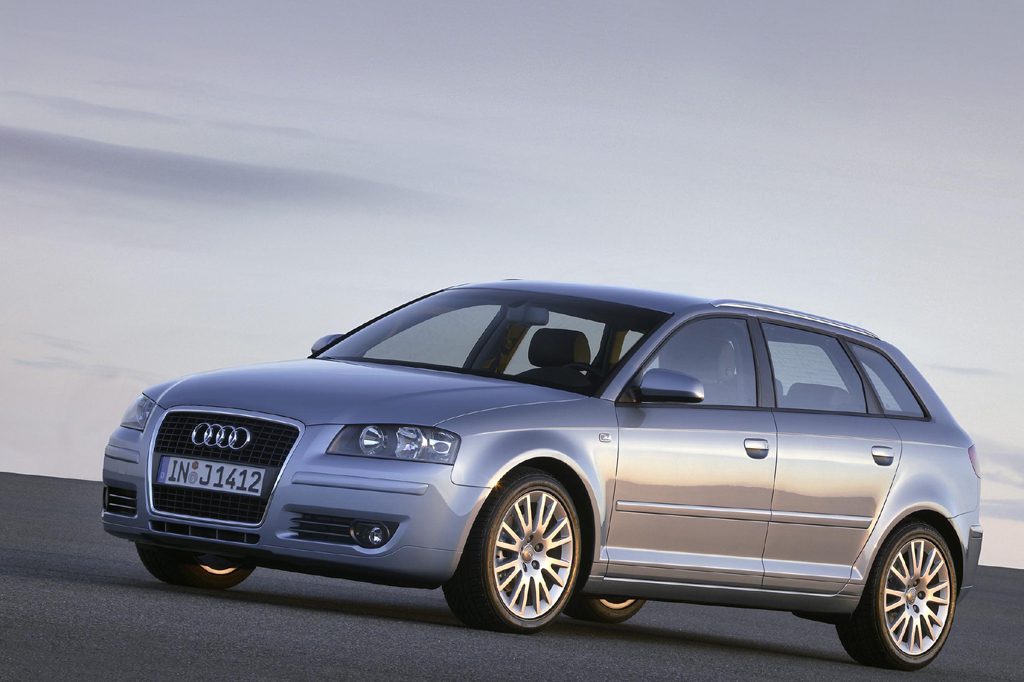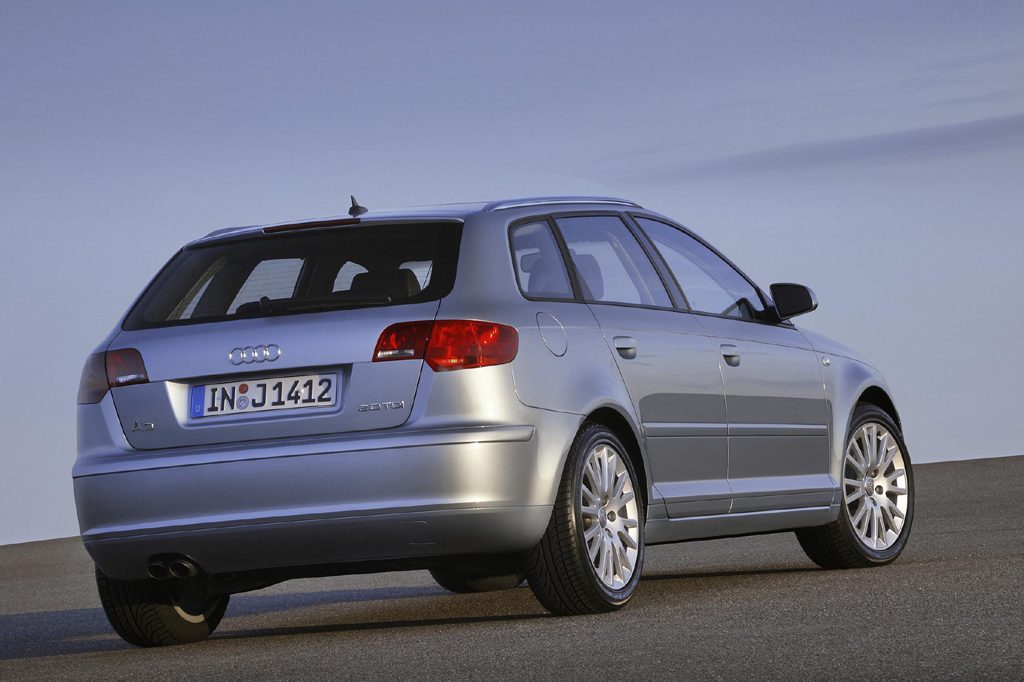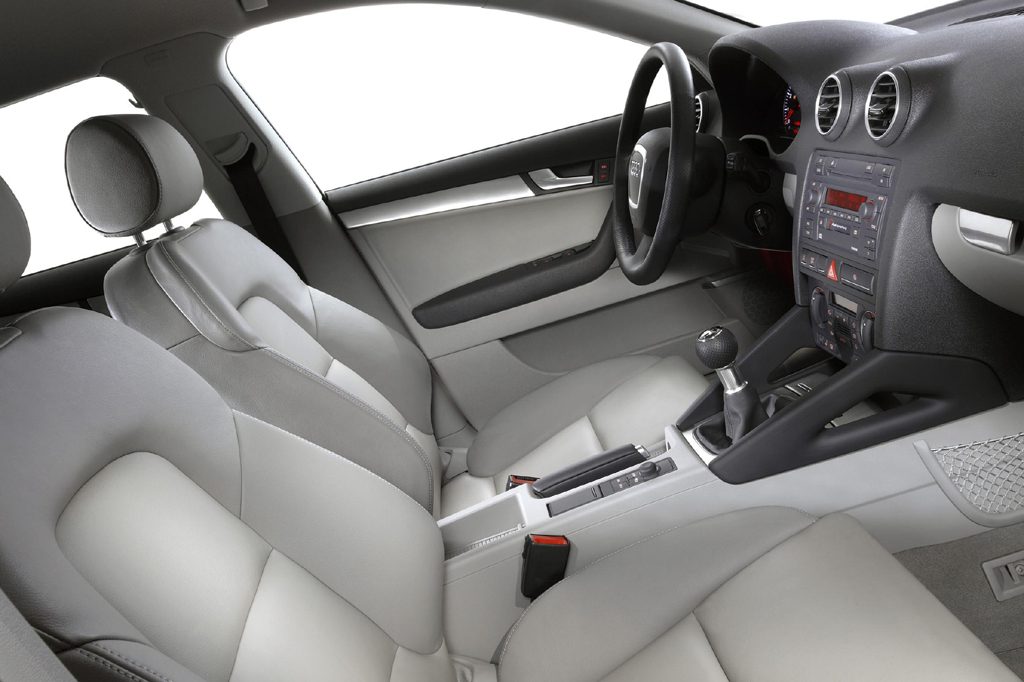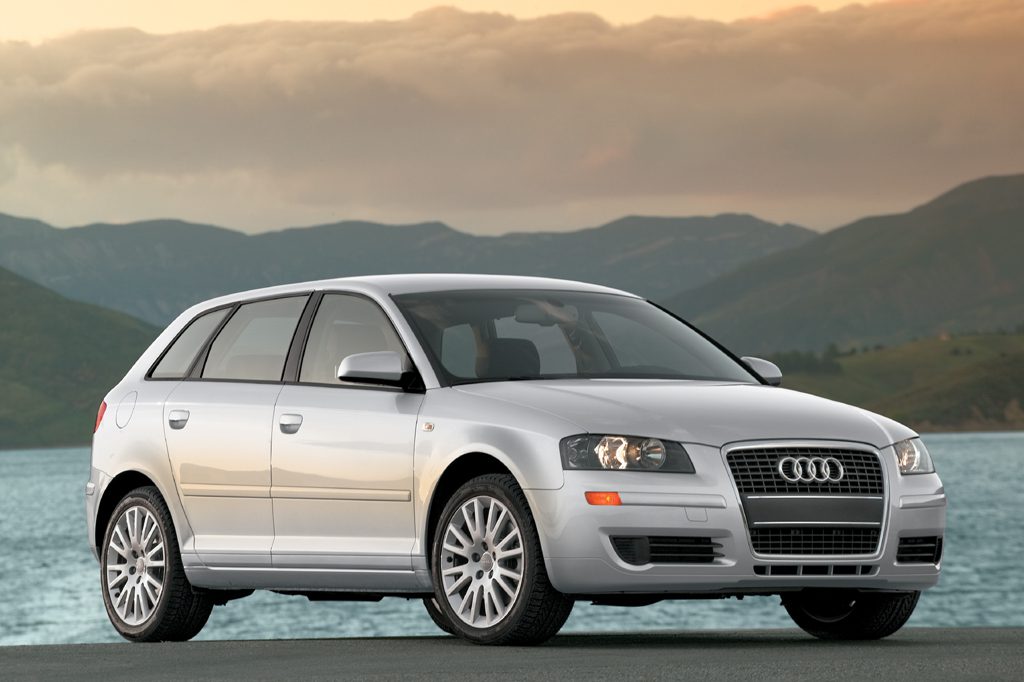| Premium compact car; Built in Germany |
|
|
| Good condition price range: $5,200 – $25,200* |

2006 Audi A3

2006 Audi A3
2006 Audi A3

2006 Audi A3
2006 Audi A3

Audi A3
2006 Audi A3
| Pros: |
|
| Cons: |
|
Traditionally, upscale hatchbacks have not appealed to American tastes, so it’s been interesting to see how buyers have taken to this European-style premium-compact. Basically, sales have been uninspiring. The 2.0 T’s turbo-engine power delivery is nonlinear, and the sequential manual transmission’s quirks shade an otherwise eager personality. In every form, though, the tastefully designed A3 delivers enough features and driving enjoyment, with versatile space in a sensibly-sized package, to earn a Recommended rating. Despite powertrain drawbacks, the 2.0 T delivers the best dollar value. With AWD and gutsy V6, 3.2 is more rewarding but rather pricey. Secondhand A3s are likely to sell for a little less than other Audi models, as a percentage of their price when new.
Overview
Audi’s new premium compact four-door hatchback debuted as an early 2006 model, with front-wheel drive and a four-cylinder turbocharged engine. A V6 model with all-wheel drive joined later.
Slightly smaller and less expensive than Audi’s A4 compact sedan, the A3 shared some underskin design with the Jetta and Golf from Volkswagen, Audi’s parent company. Competitors included the Acura TSX, Saab 9-3, and Volvo V50 wagon.
The front-drive 2.0 T held a 200-horsepower turbocharged four-cylinder engine, while the 3.2 S line quattro had a 250-hp V6 and Audi’s AWD system. A six-speed manual transmission was standard on the 2.0 T. Optional on the 2.0 T and mandatory for the 3.2 quattro was Audi’s Direct Shift Gearbox (DSG), which was a sequential manual transmission (SMT)–essentially a manual gearbox without a clutch pedal. Gear changes were controlled via a floor lever or steering-wheel paddles, or the DSG could be set to shift like an automatic transmission.
Antilock four-wheel disc brakes, traction/antiskid control, and 17-inch wheels were standard. Also standard were front torso side airbags and head-protecting curtain side airbags. Rear torso side airbags were optional. All A3 models had split folding rear seatbacks.
Leather upholstery, sport front seats, alloy cabin accents, and a sport-tuned suspension were standard on the 3.2 and optional on the 2.0 T. Both models could have a navigation system, satellite radio, and Audi’s Open Sky System, essentially a full glass roof incorporating a power sliding glass sunroof over the front seats.
Yearly Updates
| 2007 A3 A wireless cell phone link became available for the 2007 A3. Also, an optional 2.0 T S line package now provided 3.2-type styling cues. |
| 2008 A3 The 2008 Audi A3 got no major changes. |
| 2009 A3 The 2009 Audi A3 received freshened exterior and interior styling. Audi’s quattro all-wheel drive system, standard with the V6, was newly optional on the 4-cylinder 2.0 T. |
| 2010 A3 The 2010 Audi A3 lineup lost its available 3.2-liter V6 but gained a TDI model with a 140-hp 2.0-liter turbodiesel engine. |
| 2011 A3 The 2011 Audi A3 was largely unchanged. |
| 2012 A3 There were no changes of note to the Audi A3 for 2012. |
| 2013 A3 The Audi A3 was unchanged pending the arrival of a redesigned A3 as a 2015 model. |
